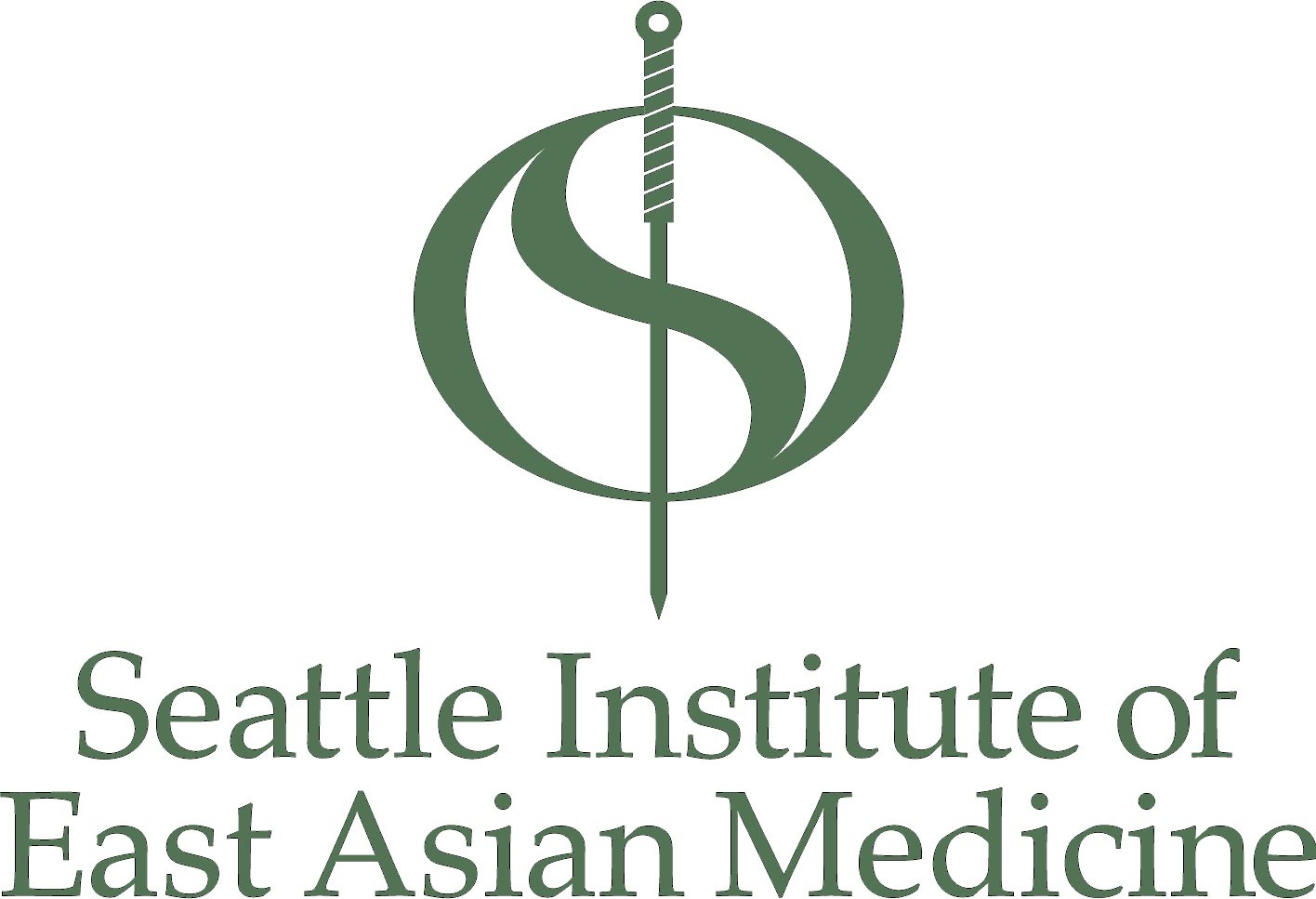A Message from our Founders
PAUL KARSTEN, FOUNDER, DEAN EMERITUS
Starting SIOM originated with a thought experiment. At the time, most East Asian medicine programs, here and abroad, utilized a relatively westernized approach to education. First train students in the theories and sciences of medicine, then later place students in clinical settings, often observing other more senior students treating patients, and then finally, often in the last year of training, treat patients directly. These programs also used a linear sequential approach to instruction; for example, in herbal education in the first year learn individual herbs, in the second-year formulas, and in the third year start to apply them clinically. And most of them chose and taught primarily a single diagnostic/treatment approach to patient care that they defined as being the preferred treatment approach.
As experienced practitioners and teachers we decided to imagine what a program would look like if we focused on answering the question most important to the experienced practitioner - what is most effective for the patient? The result of this contemplation was SIOM. A program where students entered clinic within two weeks of starting school assisting experienced clinical faculty who concurrently were their academic instructors. A program that integrated instruction; for example, in herbal instruction to have herbs, formulas, herbal clinical practice, Chinese language and classics, and case studies occur all at the same time. A program that utilized a wide range of East Asian and western medical paradigms, diagnostic approaches, and therapeutic modalities to provide a variety of strategies for diagnosis and treatment. And a program that emphasized instruction in Qi; through Qi gong practice, palpation/assessment practices, and energetic therapeutics.
Twenty-five years later SIOM has become SIEAM and has produced a cadre of graduates that are transformative in their practice. The eclectic nature of the school led to an eclectic variety of graduates who continue to expand their clinical acumen while also maintaining a collegial community of alumni and faculty that regularly assist each other in case discussions, study groups, referrals and continuing education opportunities. It is this lifelong commitment of our graduates and faculty to continuing a community of engaged learning and practice with its positive impact on patient care that was one of the more unexpected, but beneficial outcomes of the SIOM/SIEAM educational experiment.
DANIEL BENSKY, FOUNDER
One of the prime reasons we started the school was to create a program where students could learn from the practitioners we admired and incorporate into our program the type of training they had. Since these practitioners had all been in situations where they worked closely with experienced clinicians for prolonged periods, our program had more hours of clinical training than any other program in the West at the time and only hired clinical supervisors with at least 10 years of experience. As this approach could only be done with a small group, we decided never to take more than 16 students per class.
Regardless of how they practiced, these practitioners had an interest and appreciation for a variety of approaches used in Traditional East Asian Medicine (TEAM). Having studied in a variety of styles enabled them to have a more comprehensive and three-dimensional understanding of the medicine. From the beginning, our program exposed the students to a variety of approaches to TEAM taught by experts in those approaches. All our faculty respected approaches to TEAM different from their own.
Almost all our faculty, particularly those who practiced herbal medicine, also felt that an ability to think in and access information in an East Asian language was a major contributor to their expertise. As a result, the program teaches students the basics of classical Chinese to connect them to the roots of the medicine, both in terms of information and in ways of thinking. Students spend a significant amount of time learning to read texts in Chinese on Chinese medicine with an aim of accessing information not otherwise available
.
